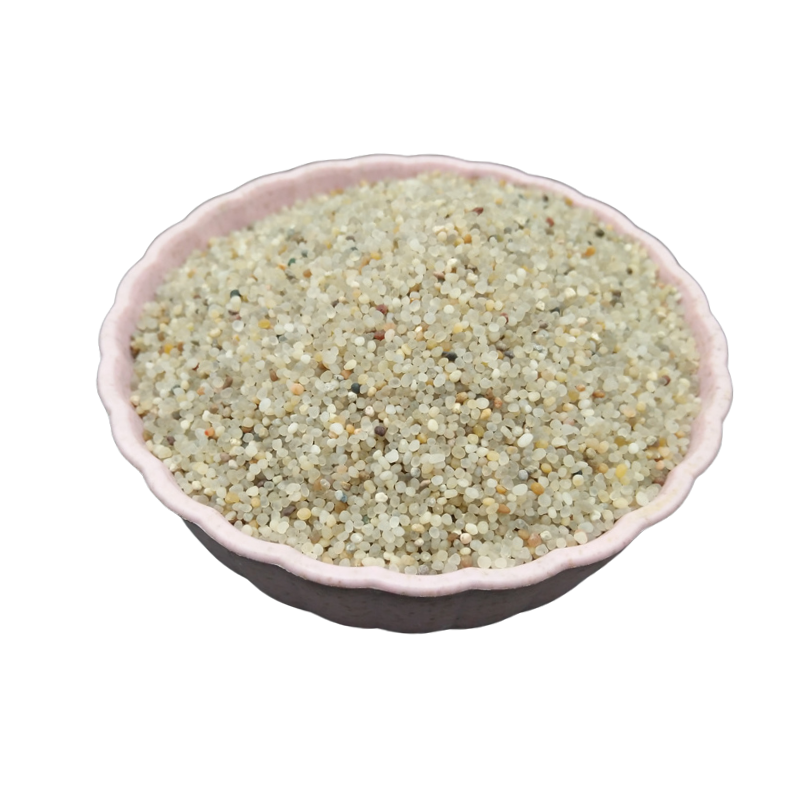
Advancements in Silicon Carbide Processing Techniques and Applications for Enhanced Performance
Silicon Carbide Processing An Overview of Techniques and Applications
Silicon carbide (SiC) is a semiconductor material with remarkable properties that make it suitable for a variety of high-performance applications. Known for its high thermal conductivity, wide bandgap, and exceptional electrical properties, SiC is increasingly used in power electronics, high-temperature environments, and optoelectronic devices. The processing of silicon carbide is critical to its performance and application in various industries, ranging from automotive to telecommunications.
1. Crystal Growth Techniques
The first step in silicon carbide processing is the growth of high-quality SiC crystals. The most common techniques used are the physical vapor transport (PVT) method and the modified Lely method. In the PVT method, silicon and carbon are sublimated and transported to a cooler region where they crystallize to form bulk SiC crystals. This method allows for the growth of large wafers, which are crucial for electronic applications.
Another technique is the chemical vapor deposition (CVD), where gaseous silicon and carbon precursors are reacted to form a thin film of SiC on a substrate. CVD is highly regarded for its ability to produce high-purity and high-quality materials. This method allows for precise control over the doping of SiC, which is essential for tailoring its electronic properties.
2. Wafer Fabrication
Once the SiC crystals are grown, the next step is wafer fabrication, which involves slicing the bulk crystals into thin wafers. This process is typically done using diamond saws or wire saws, which can achieve the precision required for semiconductor applications. The wafers are then polished to remove any defects and to produce a smooth surface that is critical for subsequent processing steps.
The fabrication of SiC wafers presents unique challenges due to the material’s hardness and brittleness. Special attention is required during slicing and polishing to avoid introducing defects that could adversely affect device performance.
Doping is an essential step in modifying the electrical properties of silicon carbide. Common dopants include nitrogen (for n-type) and aluminum (for p-type) impurities. The doping process typically involves ion implantation or diffusion, followed by annealing. Annealing is carried out at high temperatures to activate the dopants and repair any damage caused during implantation.
silicon carbide processing

The ability to incorporate different dopants into SiC allows for the creation of various electronic components, such as diodes, transistors, and integrated circuits. The wide bandgap of SiC enables devices to operate at higher voltages and temperatures compared to silicon counterparts, making them ideal for harsh environments.
4. Device Fabrication and Packaging
After the wafer fabrication and doping processes, the next step is the creation of semiconductor devices. This involves photolithography, etching, and metal deposition techniques to create the desired electronics on the SiC wafers. The devices are then tested for functionality and performance.
Packaging is a crucial phase in silicon carbide processing, as it protects the semiconductor devices from environmental factors while providing a means for thermal management. Effective packaging is essential for maintaining performance, especially in applications such as power electronics where heat dissipation is a critical consideration.
5. Applications in Industries
The processed silicon carbide has found extensive applications across various fields. In the automotive industry, SiC is used in electric vehicles for efficient power conversion and management. Its high efficiency can lead to reduced energy consumption and increased driving range. In telecommunications, SiC components enable high-frequency operations that are fundamental for 5G technology.
Moreover, SiC’s excellent thermal properties make it suitable for aerospace applications, where reliability and performance are paramount. In power systems, SiC allows for smaller, lighter, and more efficient designs compared to traditional silicon devices.
Conclusion
The processing of silicon carbide is a multifaceted endeavor that plays a vital role in harnessing the unique properties of this material. As advancements in processing techniques continue to evolve, the potential applications of silicon carbide will expand, leading to more efficient and robust electronic devices across various industries. The future of silicon carbide processing holds promise not only for improving current technologies but also for paving the way for innovative solutions in the world of electronics.
Share
-
Premium Resin Coated Sand - High Heat Resistance CastingNewsJul.31,2025
-
High Quality Silicon Carbide Grit for Abrasive ApplicationsNewsJul.30,2025
-
High-Quality Ceramsite for Plants & Gardening | Lightweight PebblesNewsJul.29,2025
-
Premium Burgundy Glass Marbles for Vases & Shooter GamesNewsJul.29,2025
-
High Purity Quartz Sand for Industrial and Ground ApplicationsNewsJul.29,2025
-
High-Quality Barite Powder for Drilling & Industrial UseNewsJul.29,2025






